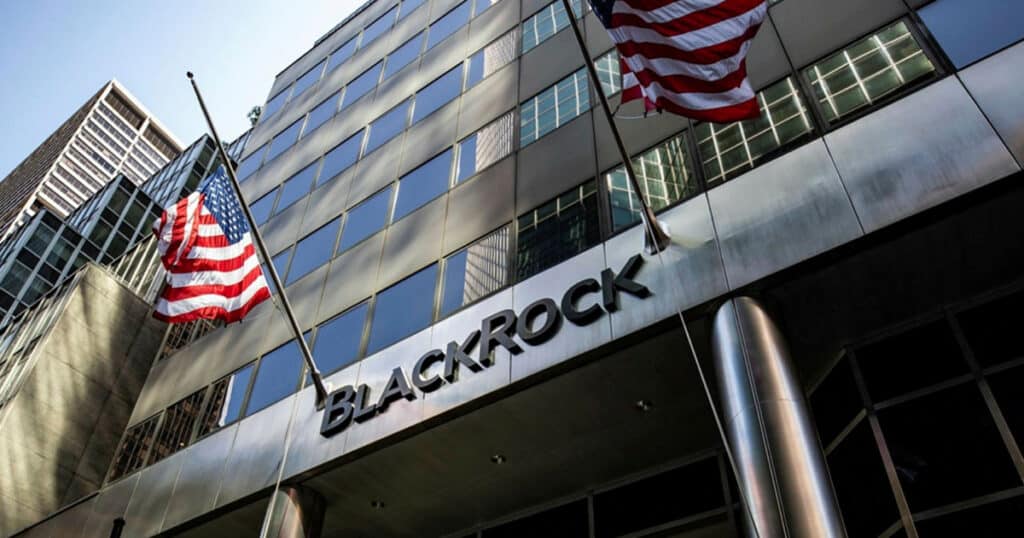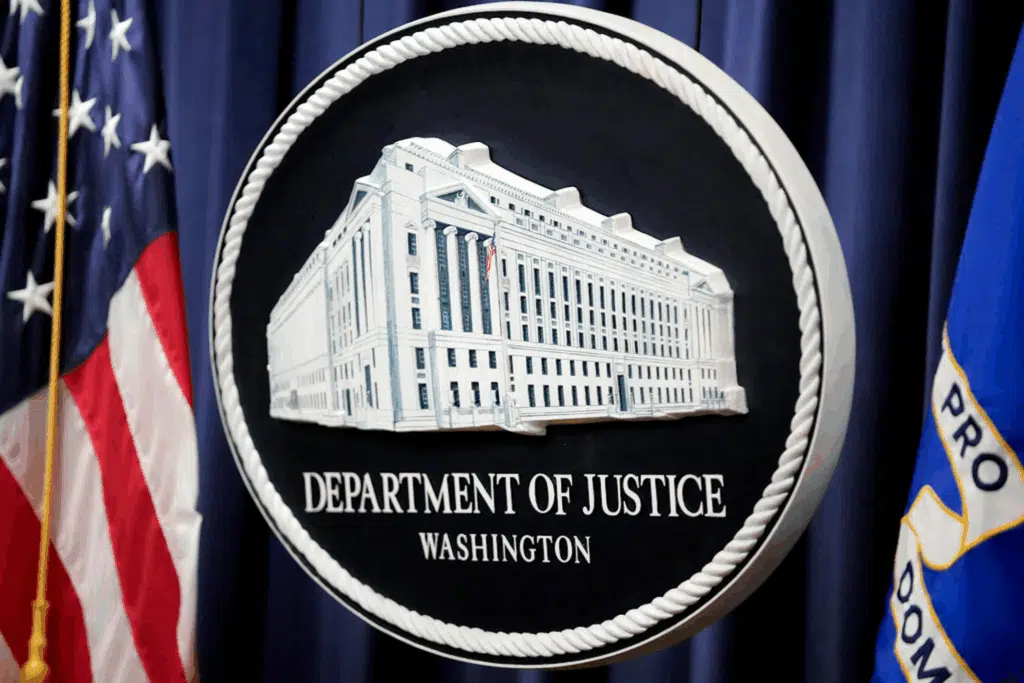
ESG Is Digging a Deeper and Deeper Hole for Itself
Remember the hole-digging rule? When you’re in a hole, stop digging. Digging deeper when you’re already in a hole only means steeper, more desperate climbing when it’s finally time to get out.
Ever-deeper hole-digging describes the state of ESG investing today. Though more than $50 trillion has been committed to ESG and other sustainable investment strategies, the world is no closer to achieving its net zero objectives, nor is the global economy more socially inclusive than it would have been otherwise. These are not my findings, mind you; they are the conclusions of Professors Davidson Heath, Daniele Macciocchi, Roni Michaely, and Matthew C. Ringgenberg, who studied the behaviors of hundreds of firms over the past decade. ESG funds haven’t done much incremental good. Neither are they doing very well. As an asset class, ESG equity funds have underperformed broad market indices by hundreds of basis points in recent years. Underperforming the market while failing to achieve any of one’s desired environmental and social objectives is the essence of hole-digging.
The latest example of this type of ESG foolishness took place a few weeks ago, with the pricing of the largest exchange-traded fund (ETF) in history. It was launched by DWS, Deutsche Bank’s asset-management arm, and backed by Ilmarinen, Finland’s largest private-pension insurance company. Dubbed the “Xtrackers MSCI USA Climate Action Equity ETF,” the fund was designed for investors seeking exposure to large and mid-sized companies in the U.S. that are “leading their sector peers in taking actions relating to climate transition.” It all sounds wonderful – until you look under the hood.
DWS’s Xtrackers MSCI USA Climate Action Equity ETF prioritizes the top 50% of companies in MSCI’s global industry-classification sectors. Its performance will be evaluated against a climate-action index that MSCI designed and maintains. None of this is groundbreaking. MSCI tracks hundreds of thousands of its own indices every day. The world’s largest ratings provider has made an entire sub-industry out of designing highly customized ESG indices and deploying its own analytics in an attempt to beat them. It’s like having your cake and eating it, too. What MSCI can’t and won’t promise is that all of its new ESG indices and analytics will beat broader indices – nor do anything that verifiably promotes better global climate outcomes.
Investors who are serious about getting carbon emissions down should use their capital to make dirty companies, buildings, and industries cleaner, and/or pioneer new carbon-mitigating technologies and processes. Investing in companies already considered virtuous accomplishes neither of these goals. It also precludes participation in asset transformations that generate the greatest incremental financial value. If you want to beat the market, try turning a brown company green. For all these reasons, DWS’s Xtrackers MSCI USA Climate Action ETF is likely to underperform the market over time while doing little incremental good. It’s another $2 billion tossed down the ESG hole.
What should investors who want to do well and do good do instead? “Know what you own and why you own it,” Peter Lynch advised. Investing in accordance with one’s values is important, but so is ensuring that your capital (or lack thereof) has its intended effects. Decades of socially responsible investing – in which investors avoided the shares of alcohol, tobacco, gambling, and firearms companies – did nothing to curb drinking, smoking, gambling, and gun violence. Avoiding the shares of companies that need to make changes more likely holds back transformation instead of accelerating it. Activist shareowners make far more impact than disgruntled divestors. Divestiture precludes activist engagement.
Making bad companies good is the essence of value creation.
The ESG-industrial complex was born of good intentions, but its abysmal track record and failed methodologies are now plain to see. Beating broad indices is incredibly hard; fewer than one manager in seven over any five-year period ever does so. Investment strategies that avoid multiple companies or whole industries have and most likely will continue to underperform them. Double bottom-line investing is most successful when investors prioritize verified impact along with highly diversified, risk-adjusted returns.
Investors who want market returns should stick with the lowest-cost index funds that track them. Those who want their investments to improve outcomes for future generations should target corporate scofflaws, actively exercise their stewardship rights, and prioritize other strategies and asset classes where non-financial additionality can be verifiably measured. Let’s fill in holes rather than dig them ever deeper.
This article was originally published by RealClearMarkets and made available via RealClearWire.



